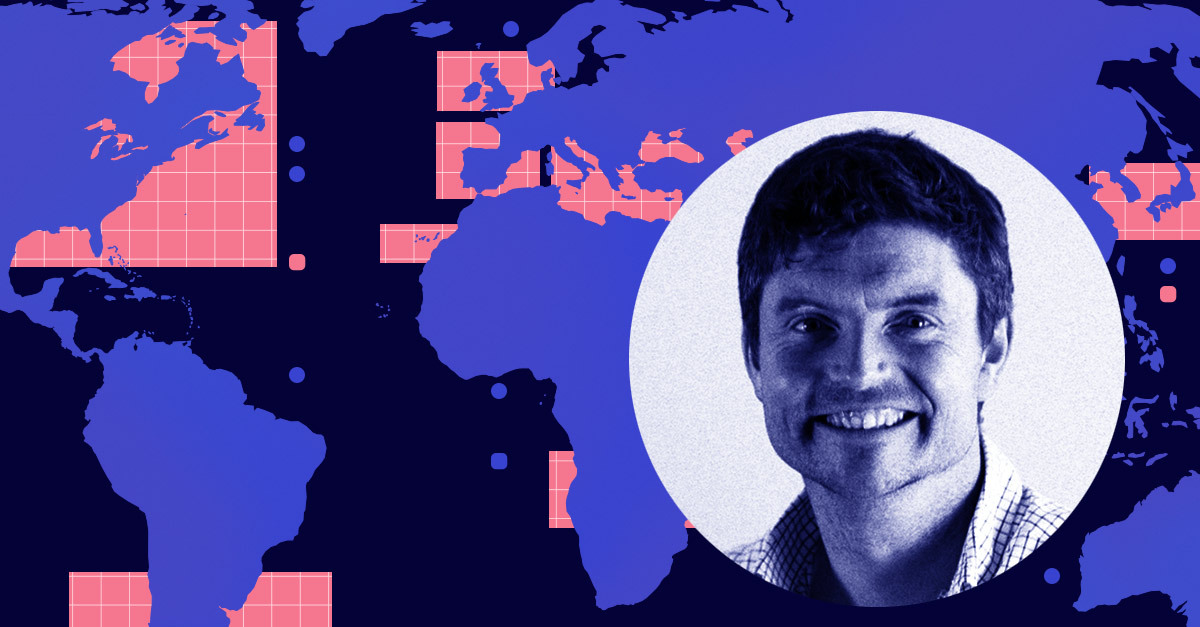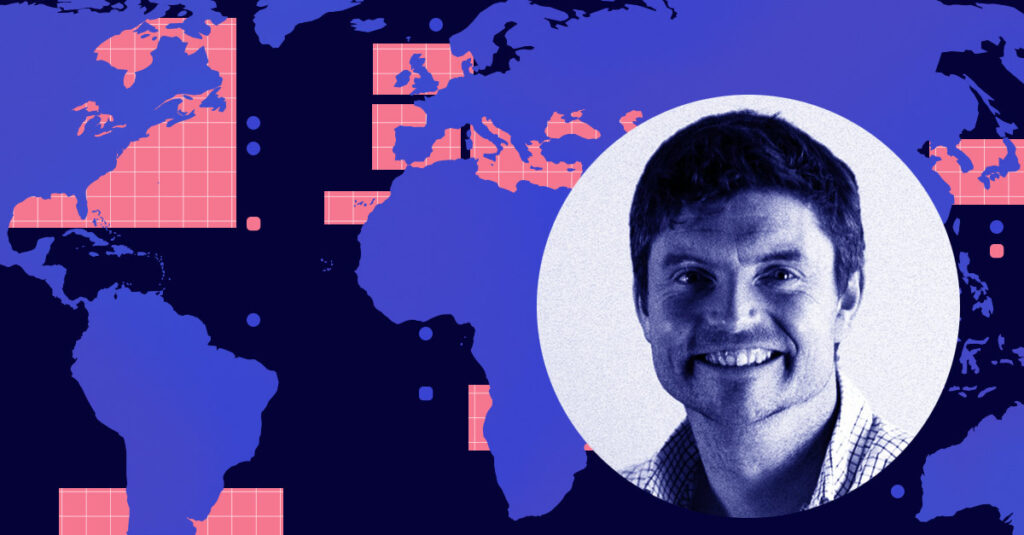People around the world speak different languages, and they always will. Language barriers are never going to disappear. And so, as brands expand and operate in global markets, they’ll face language-related challenges across their entire business that’ll make it difficult to deliver exceptional customer experiences.
But fear not — technology offers a solution.
Recently, I presented a webinar at DMWF Global (Digital Marketing World Forum) on how AI-powered multilingual translation technology enables content translation at scale, helping global brands overcome one of life’s most enduring obstacles: Language.
Here’s a recap in case you missed it.
The internet isn’t only for English speakers
In the early innings of the Information Age (circa 1996), content found on the world wide web was primarily written in English and geared toward English-speaking audiences. But today, 75% of internet users speak a primary language that isn’t English.
To tap into their fast-growing spending power, businesses must speak consumers’ languages. That’s because customers are more likely to buy more, pay more, and emotionally connect with a brand that communicates in their native language.
But providing multilingual experiences is easier said than done. Marketing in a range of languages can be hard, slow, and requires significant effort — especially when attempting to do so at scale. This is only getting more challenging as global brands find themselves constantly having to translate their websites, email campaigns, and even digital videos for international consumers.
The old way to translate language
Traditionally, brands turned to one of two methods for overcoming their language barrier challenges: Automated machine translations or human translators. Generic, machine-only translation is very fast, but the quality leaves something to be desired, as the dictionary-style translations often fail to embrace slang, cultural nuances, and even typos.
On the other hand, a human translator approach delivers great quality, but is difficult to scale as hiring a cadre of translators to support every market you serve can get expensive very quickly.
The Unbabel approach
Unbabel’s AI-powered LangOps platform combines the best of both worlds by leveraging machine translations and human editors to deliver precise enterprise translations at scale.
The advanced automation and AI operates at the speed of business and is easily scalable across multiple markets. We also employ human editors who regularly review the machine translations for quality. Their feedback is used to refine the translation engine so that it gets smarter or more fluent over time, requiring less and less rework by human translators.
Perhaps the true advantage Unbabel delivers to businesses is brand customization. We configure the machine translation engine for each individual company, incorporating things like company terminology, unique product names, industry terms, and brand voice.
We also localize the engine for each geographical market since consumers that technically speak the same language might communicate differently depending on where they reside (e.g., the French spoken in Paris versus the French spoken in Toronto). The result: A highly-scalable translation engine that facilitates seamless communication between business and consumers.
With applications in marketing and customer service requests, Unbabel’s multilingual translation platform supports businesses through customer acquisition, engagement, retention, and loyalty. Equipped with this powerful translation tool, data-driven organizations can efficiently test multilingual marketing across different markets, and discover what succeeds without having to make a significant financial investment.
It’s no wonder enterprises leveraging this technology experience faster content and message launches, leading to global revenue growth.
To delve further, check out the entire DMWF webinar presentation on How Global Brands Are Translating Content at Scale.













